Pildong Myeonok (필동면옥)
1.0Km 2021-03-30
26, Seoae-ro, Jung-gu, Seoul
+82-2-2266-2611
Most foods from the northern region are characterized by their mild taste. In particular, Pyeongyang-style cold buckwheat noodles has a milder flavor compared to Hamheung-style cold noodles. Pildong Myeonok's cold buckwheat noodles may taste bland for those who are used to stronger flavors or seasonings, but it is praised by others who prefer mild flavors. The refreshing after taste of broth and chewy noodles are enough to delight one's tastebuds.
Pyeongyang-style dumplings is another popular dish at Pildong Myeonok.
Busan Agujjim Gulbossam (부산아구찜굴보쌈)
1.1Km 2021-03-19
서울특별시 종로구 돈화문로 35
+82-2-764-2373
This is a Korean cuisine located in Jongno, Seoul. The best menu at this restaurant is spicy braised monkfish. Stewed monkfish is a spicy seafood dish made of fish and vegetables.
Imun Seolnongtang (이문설농탕)
1.1Km 2025-08-08
38-13, Ujeongguk-ro, Jongno-gu, Seoul
Centro de Arte de Seúl Galería Gongpyeong (서울아트센터 공평갤러리)
1.1Km 2023-01-03
Samil-daero 30-gil 10-3, Jongno-gu, Seúl.
Sewoon Plaza (세운전자상가(세운전자플라자))
1.1Km 2023-09-05
Cheonggyecheon-ro 159, Jongno-gu, Seúl
Jaembaeok (잼배옥)
1.1Km 2021-03-30
68-9, Sejong-daero 9-gil, Jung-gu, Seoul
+82-2-755-8106
It has over 80 years of tradition. This Korean dishes restaurant is located in Jung-gu, Seoul. The representative menu is ox bone soup.
Kimchigol Well-being Bapsang(김치골웰빙밥상)
1.1Km 2020-10-30
22-5, Insadong-gil, Jongro-gu, Seoul
+82-2-720-6436
A restaurant where you can try kimchi, a Korean traditional dish, and meat. The representative menu is napa wraps with pork. This is a Korean cuisine located in Insa-dong, Seoul.
Museo de Arte de Seúl, sede central en Seosomun [SeMA] (서울시립미술관(서소문본관))
1.1Km 2025-05-13
Deoksugung-gil 61, Jung-gu, Seúl
El museo que une el palacio Deoksugung con el palacio Gyeonghuigung fue construido en la parte restante de la antigua Corte Suprema en el estilo de los años 1920. Los 6 espacios de exposición más importantes son el vestíbulo principal, la sala de esculturas y la sala especial que expone colecciones de arte moderno de Corea. En el vestíbulo Chon Kyung-Ja, situado en el segundo piso, los visitantes podrán contemplar 93 pinturas procedentes de donaciones. Principalmente retratos o pinturas de naturaleza muerta creadas de 1940 a 1990 por el artista Chon Kyung-Ja, considerada como la principal pintora femenina coreana. La sala de arte experimental puede acoger alrededor de 200 visitantes y tiene una multifuncionalidad ya se trate de proyecciones cinematográficas, música, conciertos, teatro, etc. El museo tiene una tienda de arte y una cafetería. Después de la visita del museo, tómese el tiempo de pasear y apreciar el lugar, dé una vuelta por la tienda de arte.
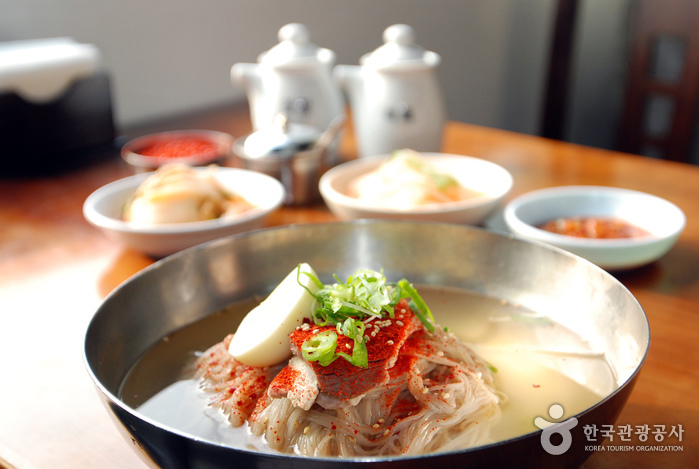
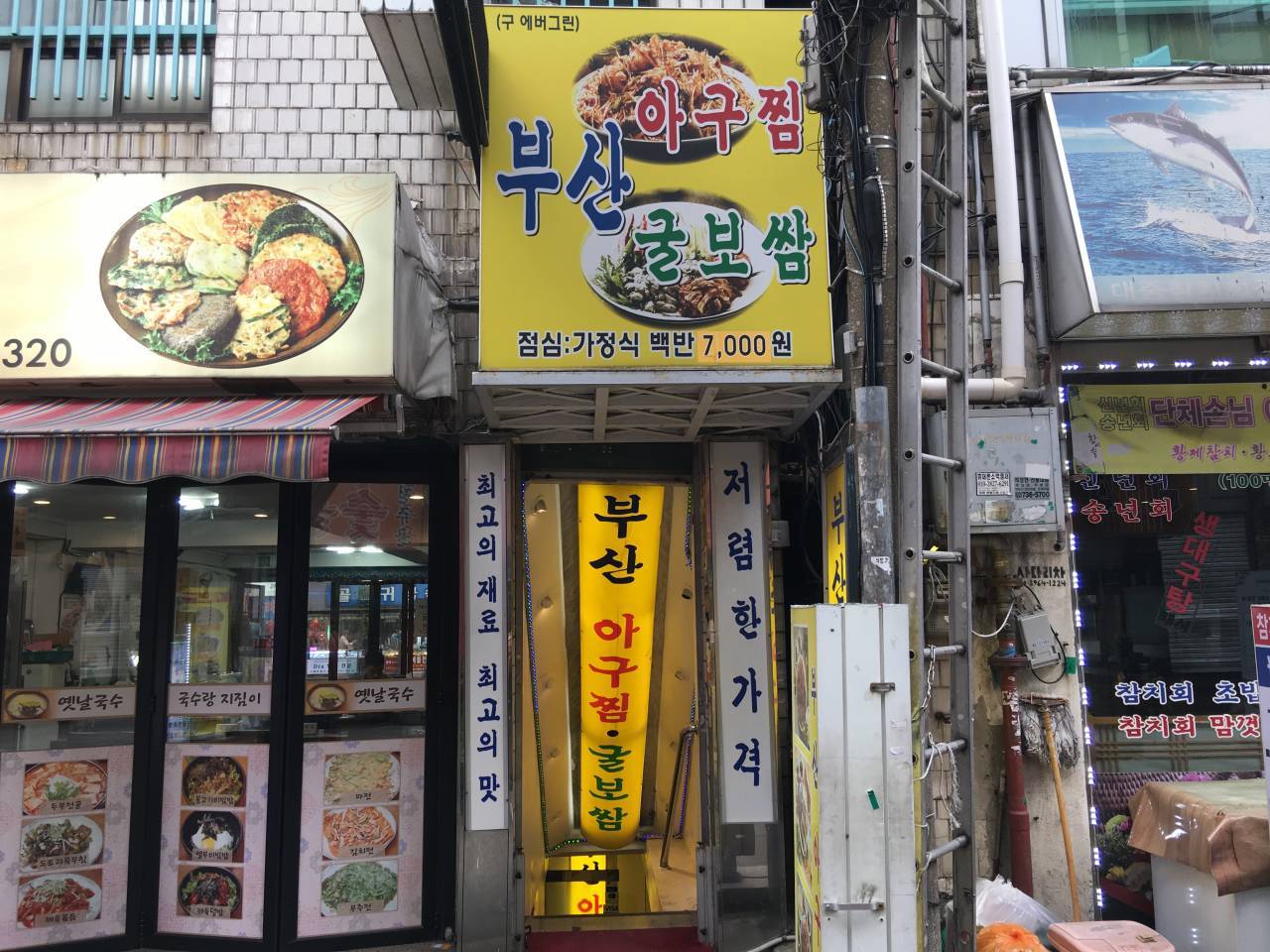

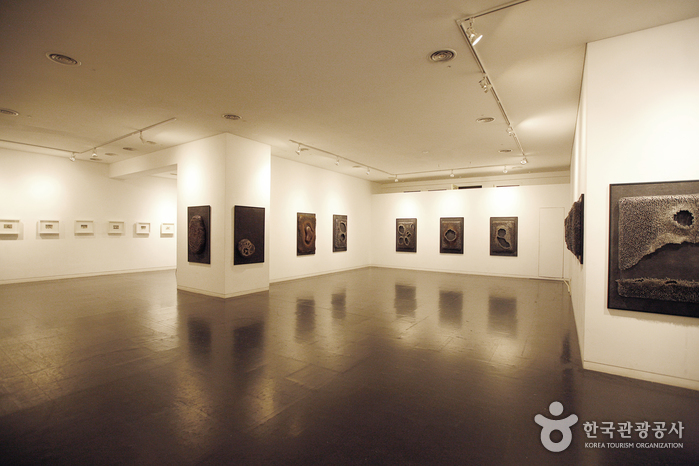
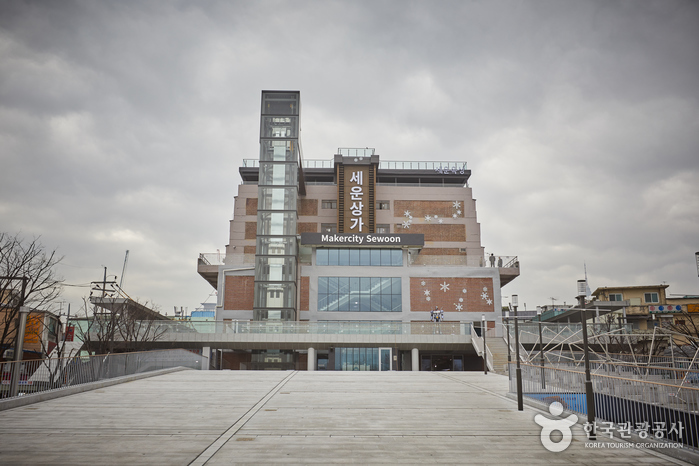
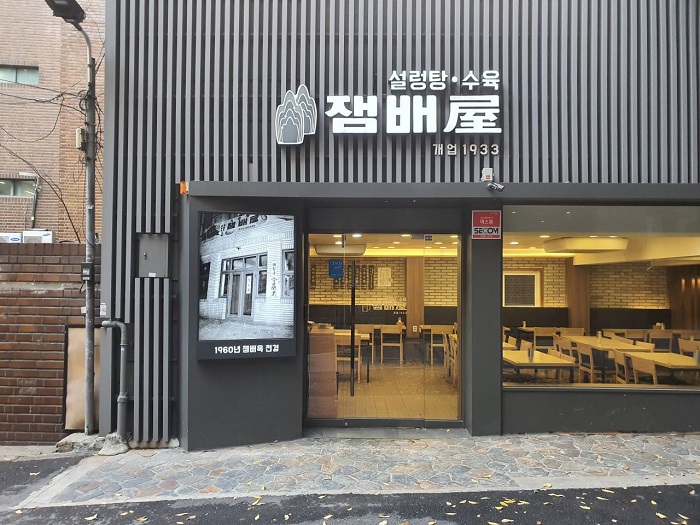
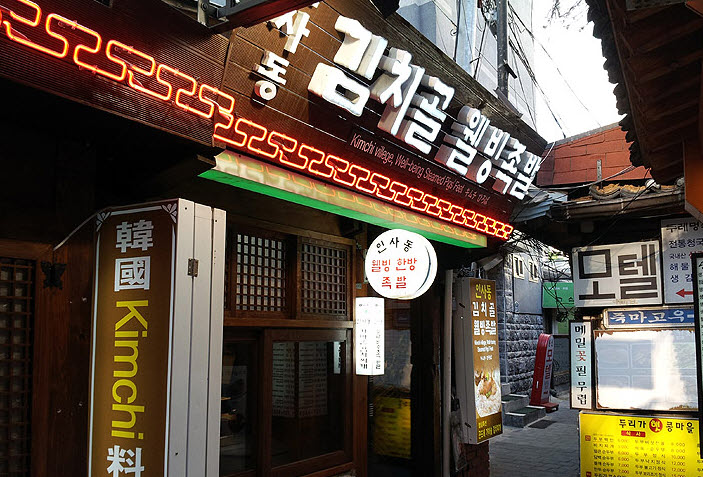
 Español
Español
 한국어
한국어 English
English 日本語
日本語 中文(简体)
中文(简体) Deutsch
Deutsch Français
Français Русский
Русский